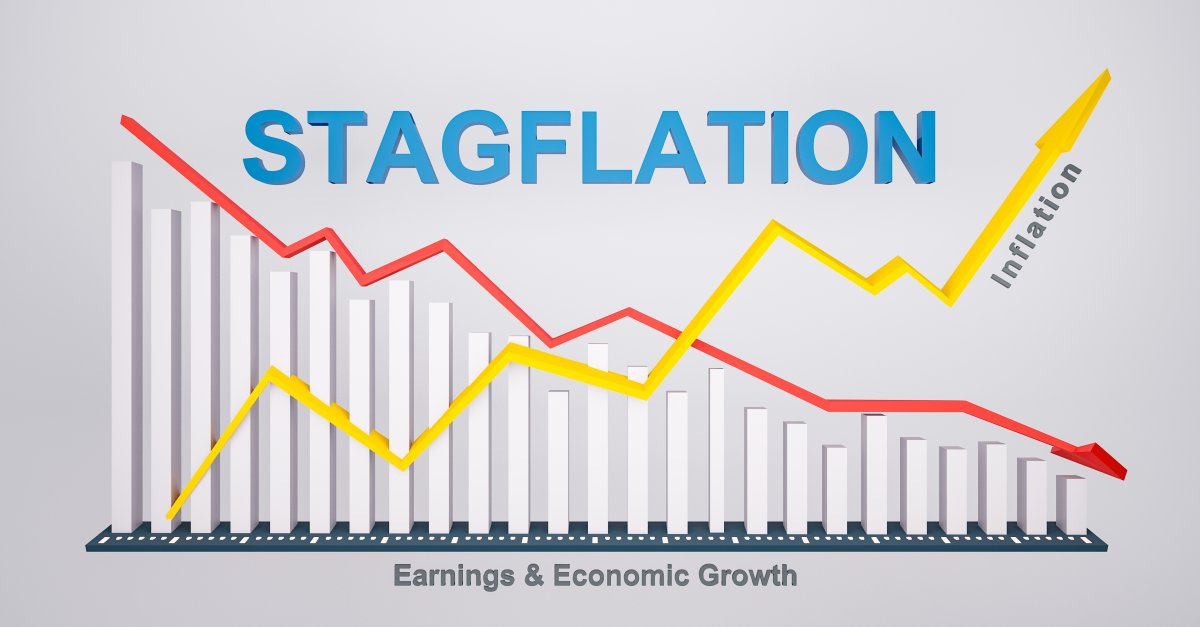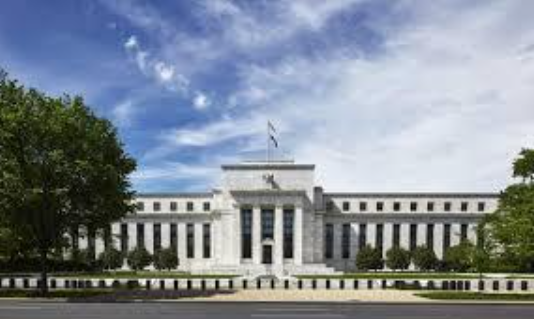I thought that Chair Powell was impressive at the FOMC March 20th, press conference. He came across as very balanced, cautious, and data-dependent. Clearly, these are not easy with the chaos emanating from the executive branch, and handling an economy that was headed for a soft landing which now may get derailed needs kid gloves.
Chair Powell paid heed to the soft data – forward-looking surveys for inflation and tariffs from sources like the Michigan Consumer Sentiment Index and the PMIs; data that points to softness and uncertainty in the economy borne out of tariffs, deportations, and higher inflation expectations, which all seemed under control just a few months back. He balanced it with what’s showing up as reported, which is nowhere as bad, clearly the surveys are just leading indicators for now.
The Fed’s revised numbers for 2026 are as follows:
- Inflation 2.8% from 2.5%
- GDP lower at 1.8% from 2%
- The Unemployment 4.4% from 4.3%
Given that the softer surveys are not showing up in the reported numbers yet, the proposed strategy is to wait and watch.
When pressed about why he’s going ahead with two rate cuts when clearly inflation is not below the 2% objective, he stressed the Fed’s dual mandate of full employment – which needs cuts in the face of a weakening economy, and tariff uncertainties.
Similarly, he also stressed that the weaker data wasn’t yet showing up in the job numbers, which meant that they were in no hurry to cut, but were ready and willing to act as required.
I believe the markets heaved a sigh of relief that they haven’t called for more or earlier cuts: I agree with the notion that they’re going to live with higher inflation but not let the economy falter. It is the right way to go. The S&P closed 1.17% higher for the day. At least its moving up from correction territory.
The word transitory came up, a bad penny that’s never left Chair Powell. I understood it as transitory similar to Trump’s first term, in the sense, that they still don’t know the impact. He emphasized that it’s not “transitory” like the mistake they made post-COVID in 2021, and scrambled to raise the rates in 2022. That seems fair.
The bottom line – a lot of ponderables, and moving parts. Clearly, we’ve got our work cut out to make money in 2025! Many have never seen a stagflationary environment and to be sure it is going to be tough navigating it.
In the shorter term, I would expect the S&P 500 to rise a bit more, there is the 200DMA hovering at 5,705, which is a key resistance level – hopefully, we clear that before the PCE next week.






